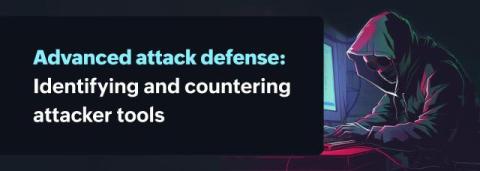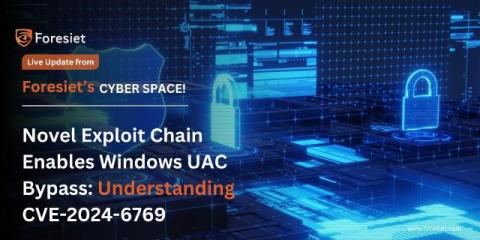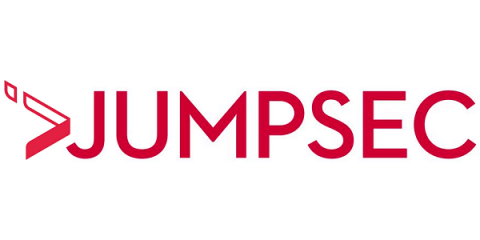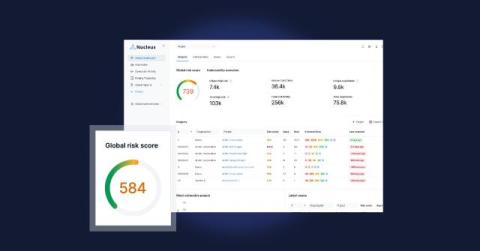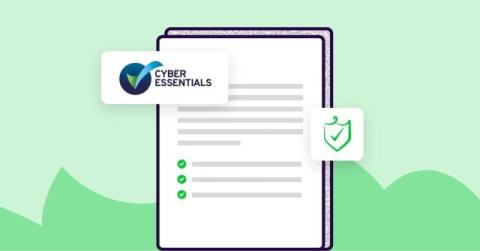A Comprehensive Guide to Building Your Shopify Store
Shopify stands as one of the foremost platforms for creating and managing e-commerce stores, with over 1.75 million merchants utilizing its services across 175 countries. While Shopify offers robust features to facilitate store management, overlooking critical details during the setup phase can lead to significant challenges. To help your online store thrive, our Shopify Plus development agency has put together an extensive checklist outlining essential steps for long-term success.



